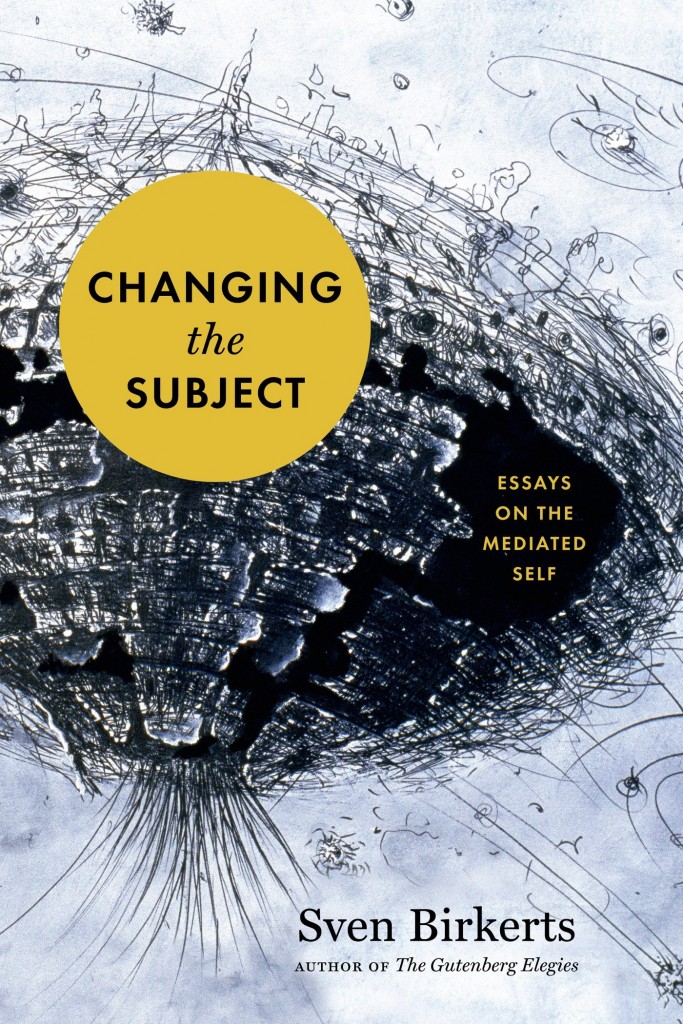Review by Meghan Phillips
 A few Christmases ago, my husband (then fiancé) gave me a Kindle. I’m an avid reader, and, at the time, my small apartment was practically over run with books (I even had a bookshelf in my kitchen). He thought that I would love a portable library. He wasn’t entirely wrong.
A few Christmases ago, my husband (then fiancé) gave me a Kindle. I’m an avid reader, and, at the time, my small apartment was practically over run with books (I even had a bookshelf in my kitchen). He thought that I would love a portable library. He wasn’t entirely wrong.
Even though I now have every book ever published at my fingertips, there’s something missing when I read on a screen. It’s not that I miss the experience of reading an actual book, which I do often enough. No. What I miss, and what I worry future generations will miss, is the act of discovery.
Some of my earliest memories as a reader involve browsing the paperbacks in my town’s small library or running my finger along the spines on my parents’ bookshelf. I remember pulling a book because I liked the title or the color of the spine. I remember reading the synopsis on the back cover and being grabbed by a phrase. I remember curling up in a chair in a corner and disappearing into another world. This physical experience of discovering and reading, and whether this experience will survive our increasingly wired world, is one of the core concerns of Sven Birkerts’ Changing the Subject: Art and Attention in the Internet Age (Graywolf, October 2015).
Throughout his essay collection, Birkerts’ exalts the analog experiences discovering and then reading a book or listening to a record. He argues that despite the advantages of instant digital access to our favorite songs and books, what we’re sacrificing is “the physical evidence of our tastes and desires.” Through the rapid digitization of media, “we are removing the physical markers of culture from our collective midst.” Birkerts worries that we are devaluing important means of human connection by removing the objects themselves, objects like books that “not only contain[s] the material, it also marks its importance.” He fears that in having the world at our fingertips, we’re diminishing the “tangible—or tactile—sense of connection to people and processes.”
The heart of these is the tension between the diminished importance of art in modern life and art’s ability to reignite our attention and connection to the world around us. Birkerts laments that “[i]f the arts are not creating any serious effect, are not being hungered for (which is what has allowed us to come to such a pass), this might be because we are less and less experiencing ourselves individually or with a sense of our lives possessing depth.” This concern, that the arts are not perceived as important because it has become more difficult to have unique experiences with the art, gets at the complex paradox that Birkerts tangles with in his essays. He insists that “The crisis of art… arises from a loss of attention,” and that art, both the creation and appreciation of art, is the only means of regaining attention.
Birkerts does not offer any clear solutions to the issues he identifies. What he does offer are nuanced observations on the way our world is changing, and he makes a strong case for the importance of art as a means of maintaining attention and connection.
Changing the Subject is the most challenging book I’ve read in a long time. In order to follow Birkerts’ intricate thought process, I had to find a quiet place to read, away from my laptop and smart phone. I read this book slowly, curled up in a chair with a pencil in hand. I found myself stopping to underline passages and pausing to let Birkerts’ words sink in. I had to pay attention. And I’m so glad I did. Because, by hearing my own thoughts on reading echoed so eloquently by Birkerts, I found connection.
Rating 5 of 5 stars
[boxer set=”phillips”]

